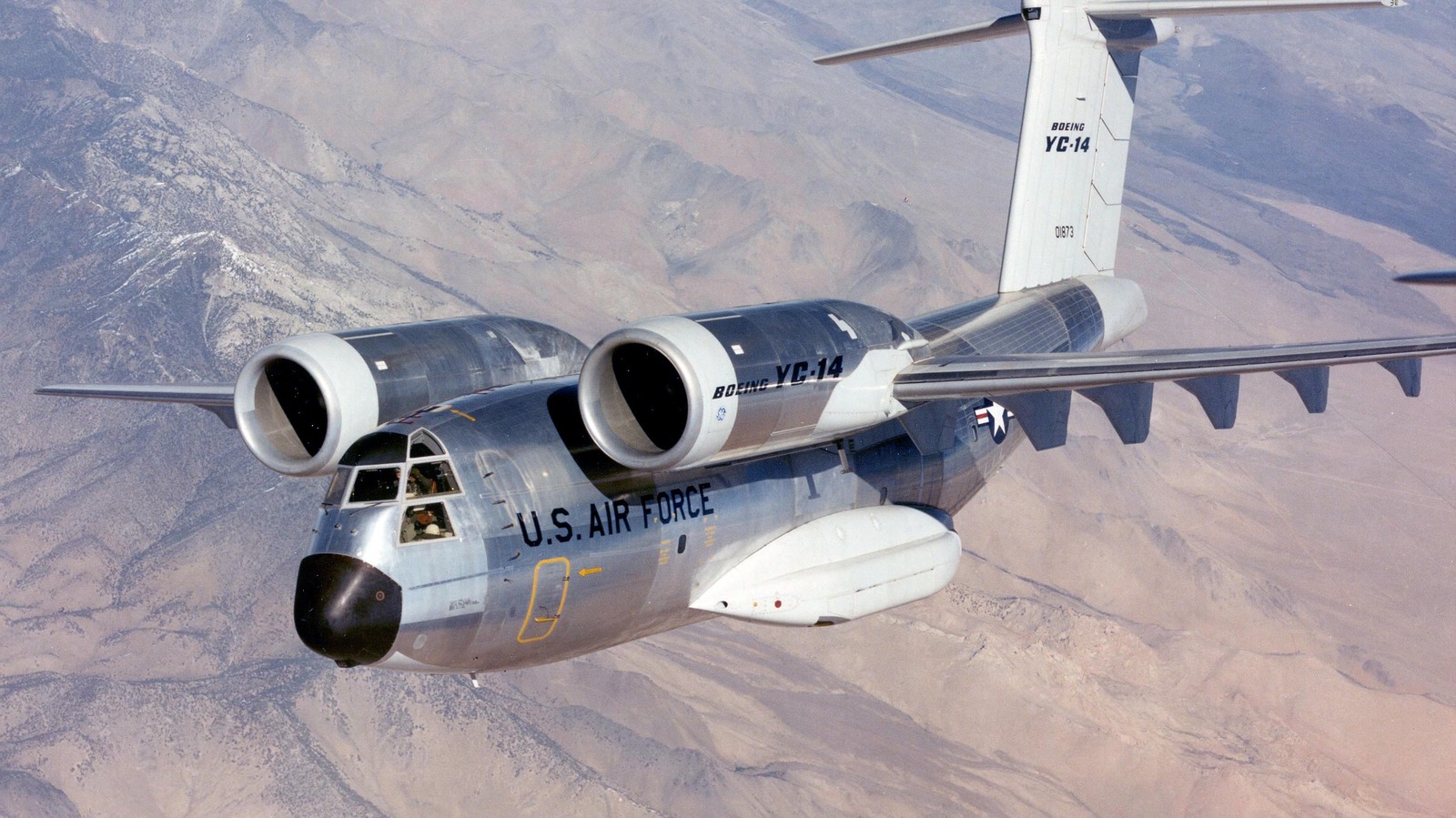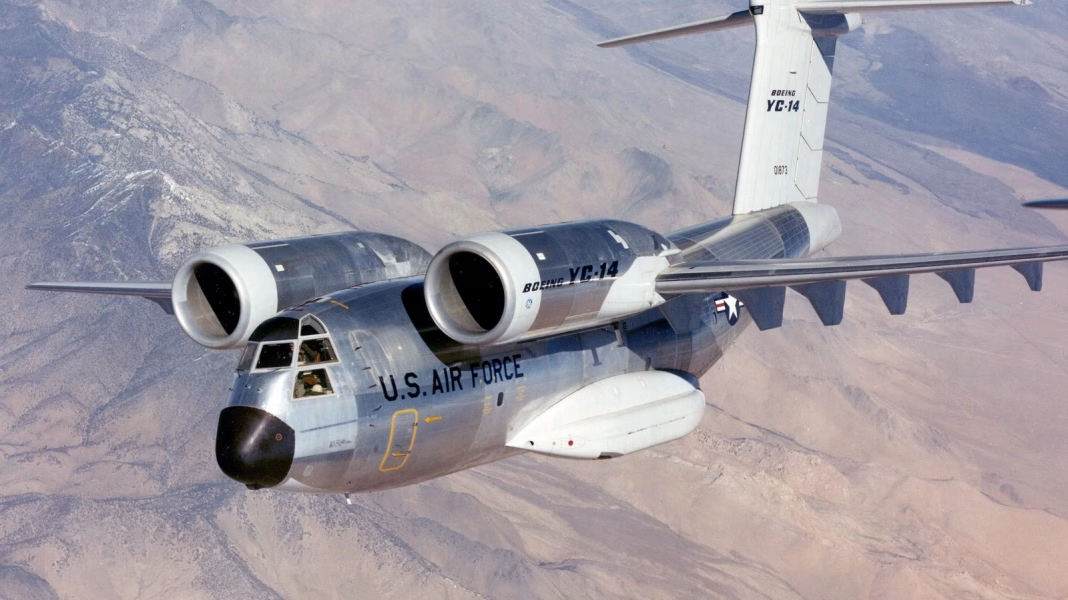Why Did Boeing Put Engines on Top of the Wings for the YC-14?
You’re looking at the Boeing YC-14, a transport aircraft that’s hard to forget once you’ve seen it. Those engines perched above the wings aren’t just for show—they’re a clever solution to a very real problem: how do you haul heavy cargo and paratroopers into places where runways are barely longer than a football field? Let’s dig into why Boeing’s engineers made this bold design choice and what it means for aircraft performance.
How Does Over-Wing Engine Placement Help with Short Runways?
Traditional cargo planes tuck their engines under the wings, but that setup isn’t ideal when you need to take off or land on a postage stamp. The YC-14’s over-wing engines use something called the Coandă effect—a phenomenon where a jet of air sticks to a curved surface. By blowing the engine exhaust over the top of the wing’s trailing edge, the YC-14 dramatically increased lift at low speeds.
The result? This plane could get airborne in less than half the distance required by its contemporaries. In fact, test flights showed the YC-14 could take off in under 2,000 feet while hauling a full load, compared to the 4,000 or more feet needed by many traditional transports of the era. That’s a game-changer for military missions in rough terrain or disaster relief in remote areas.
What Other Benefits Come from Putting Engines Above the Wings?
It’s not just about takeoff and landing. Placing the engines above the wings shields them from debris kicked up by rough or unpaved runways—a common hazard in combat zones or emergency landings. This reduces the risk of engine damage, which is a big deal when you’re far from a maintenance hangar.
There’s also a noise benefit. With engines on top, the wing acts as a partial sound barrier, directing some of the noise upward rather than down to the ground. For operations near civilian areas or wildlife reserves, that’s a subtle but meaningful advantage.
Are There Any Drawbacks to This Design?
Of course, no engineering solution is perfect. Over-wing engines can complicate maintenance access, since ground crews have to reach higher to service them. There’s also the challenge of designing wings strong enough to handle the extra weight and vibration above, rather than below.
Another consideration: airflow over the wing can get turbulent with engines on top, so designers have to be careful to avoid problems with control surfaces or stability. The YC-14’s engineers tackled this with careful shaping of the wing and exhaust flow, but it’s not a plug-and-play fix for every aircraft.
Did the YC-14 Influence Modern Aircraft Design?
While the YC-14 itself never went into mass production—the Air Force ultimately chose a different design—its innovations didn’t disappear. The lessons learned about short takeoff and landing (STOL) performance, engine placement, and rugged-field operations have influenced both military and civilian aircraft. For example, some regional jets and military transports now use similar lift-enhancing tricks, even if they don’t put engines directly above the wings.
A 2021 review in the Journal of Aircraft Engineering highlighted how modern STOL designs still borrow from the YC-14’s playbook, especially for humanitarian missions where access is everything. And as climate change drives more disaster relief efforts into remote areas, these design ideas are getting a fresh look.
What’s the Big Takeaway for Aircraft Design?
The real lesson from the YC-14 isn’t just about where to stick an engine—it’s about rethinking the rules when the mission demands it. Sometimes, the best solution looks a little odd at first glance, but delivers exactly what’s needed when the pressure’s on.
The big takeaway? Innovation in aviation isn’t about perfection—it’s about smarter adjustments. Start with one change this week, and you’ll likely spot the difference by month’s end.


